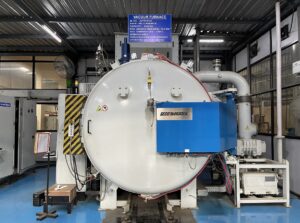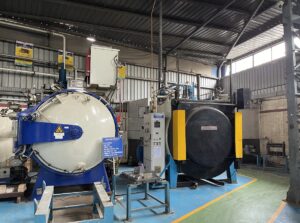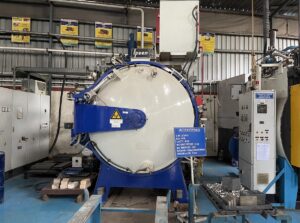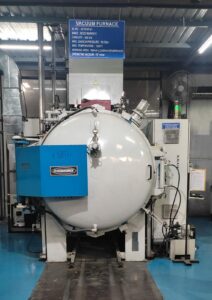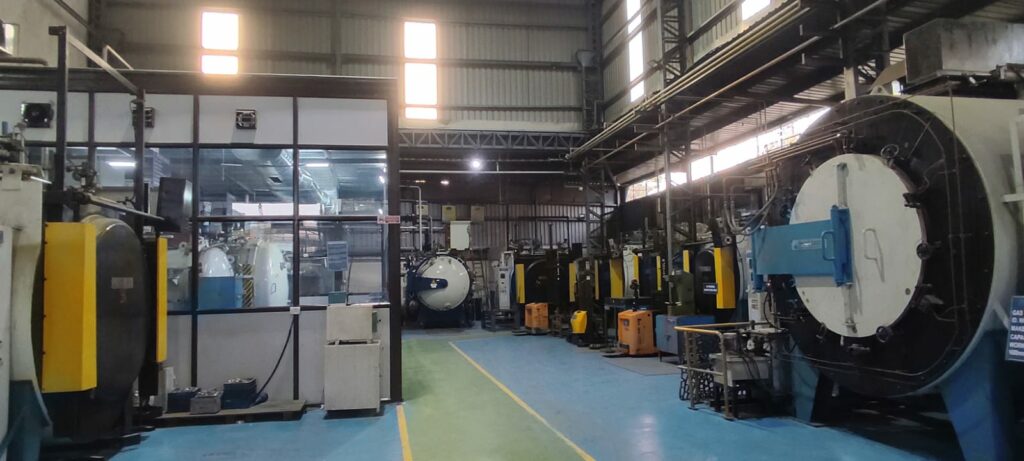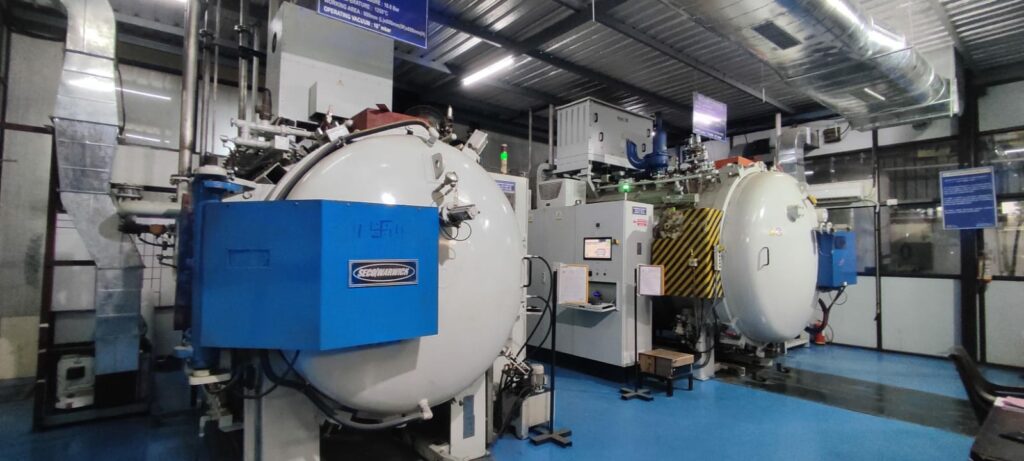A vacuum furnace heat treatment is a process used to heat materials, typically metals or alloys, in a controlled environment with low or no oxygen, often in a vacuum or inert gas atmosphere. 
The main purpose of vacuum furnace heat treatment is to prevent oxidation, decarburization, and contamination of the material being treated. This is especially important for high-performance materials used in industries like aerospace, automotive, and manufacturing.
Key benefits of using a vacuum furnace for heat treatment include:
- Oxidation Prevention: The absence of air prevents oxidation and scaling on the surface of the workpieces.
- Better Control: The furnace provides precise control over temperature and time, ensuring uniformity in the treatment process.
- Cleaner Parts: Vacuum furnaces reduce contamination, leading to cleaner and more consistent results.
- Enhanced Material Properties: Heat treatment in a vacuum atmosphere can improve hardness, strength, and other material properties by preventing undesirable reactions with the environment.
- Lower Energy Consumption: Vacuum furnaces typically operate at higher efficiency and can reduce energy consumption in certain applications.
Common types of vacuum furnace heat treatment processes include:
- Aging: Heat treating a material to promote hardening or strengthen it.
- Annealing: Heating and slowly cooling a material to soften it, relieve stress, or enhance ductility.
- Carburizing: A surface hardening process where carbon is introduced into the surface of steel at high temperatures.
- Sintering: The process of fusing powdered metal into solid parts through heat in a vacuum.
The temperature range and specific process parameters depend on the material and the desired properties.



